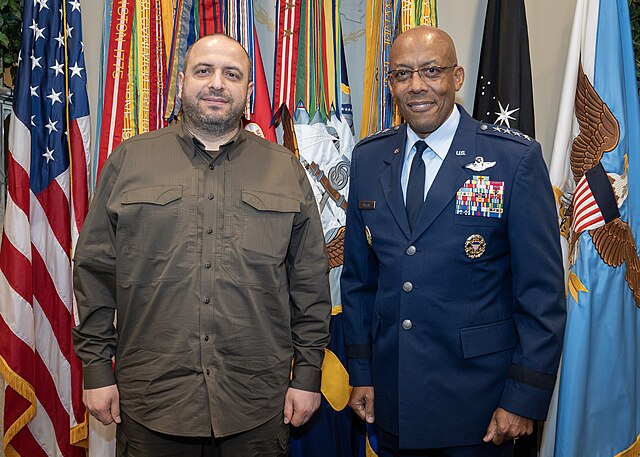C-47s and C-54s alone flew a collective 92 million miles during the airlift, nearly the distance between the Earth and the Sun.

In 1932 the Aeronautics Branch of the U.S. Commerce Department issued a requirement for a safer monoplane air transport, which Boeing first satisfied with its Model 247. Aircraft designer Donald Wills Douglas soon outclassed all comers with his more advanced designs, including a prototype DC-1, the improved DC-2 and the Douglas Sleeper Transport (DST), with a rounded, more capacious fuselage capable of carrying up to 16 overnight passengers or 24 daytime riders. The DST first flew on Dec. 17, 1935. It and its 21-seat non-sleeper variant, the DC-3, revolutionized air transport as the first truly profitable airliners.
During World War II Douglas militarized DC-3s with cargo doors, hoist attachments and a strengthened floor. Designated C-47 Skytrains by the U.S. Army, Dakotas by the British Royal Air Force and Lisunov Li-2s by the Soviets (who built them under license), they became mainstays of Allied cargo and troop transport. Each plane could carry 28 fully equipped troops or up to 6,000 pounds of cargo, including a jeep or an M3 37 mm antitank gun. More than 10,000 C-47 variants were built...
To read more visit HistoryNet.
























